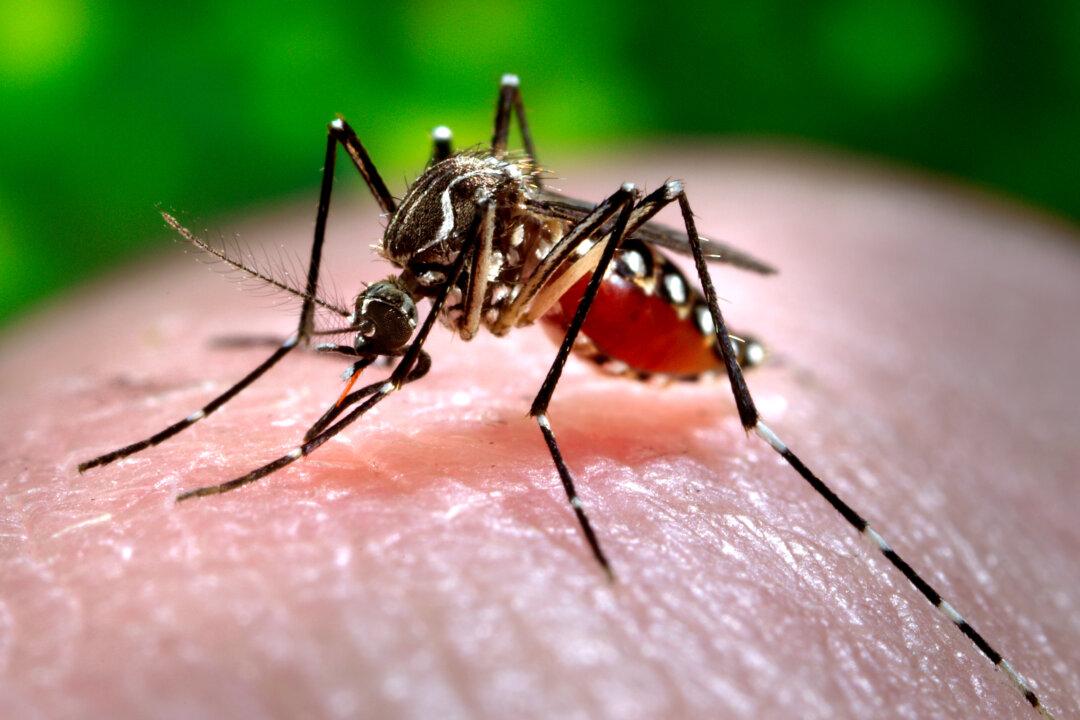The Zika virus has been detected in the Aedes albopictus mosquito species. Known as the “Asian tiger,” A. albopictus are more prevalent in the United States than Aedes aegypti.
A. aegypti have been the primary vector for the spread of the virus in South America, primarily Brazil, which has seen 1,000 infants born with microcephaly due to the current Zika outbreak.
The detection of Zika in Aedes albopictus increases the number of American states the could be affected by the virus this upcoming summer.

The 2016 estimated ranges of Aedes aegypti and Aedes albopictus in the United States. Center for Disease Control and Prevention




